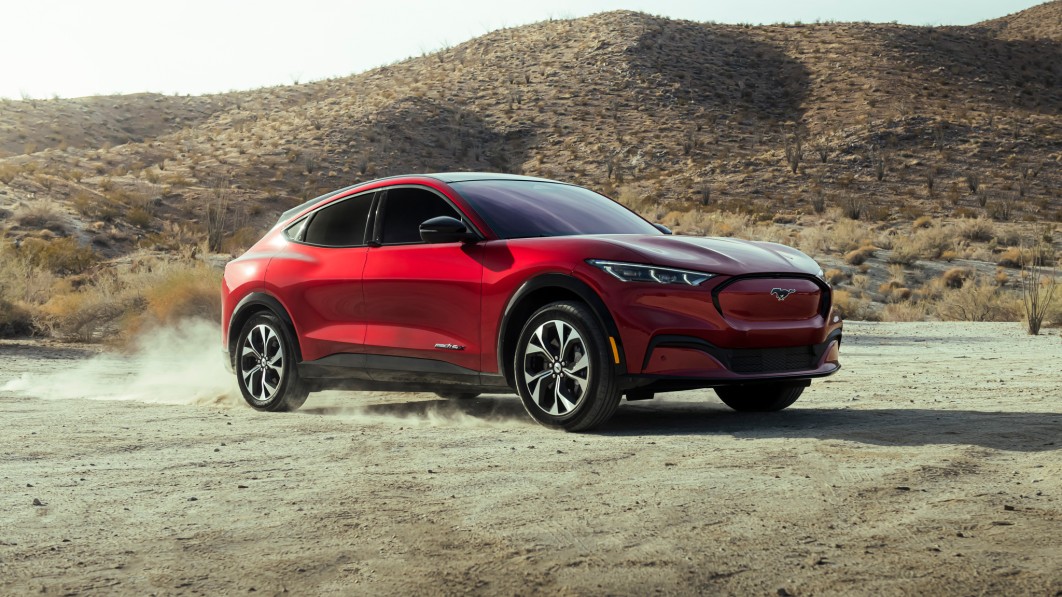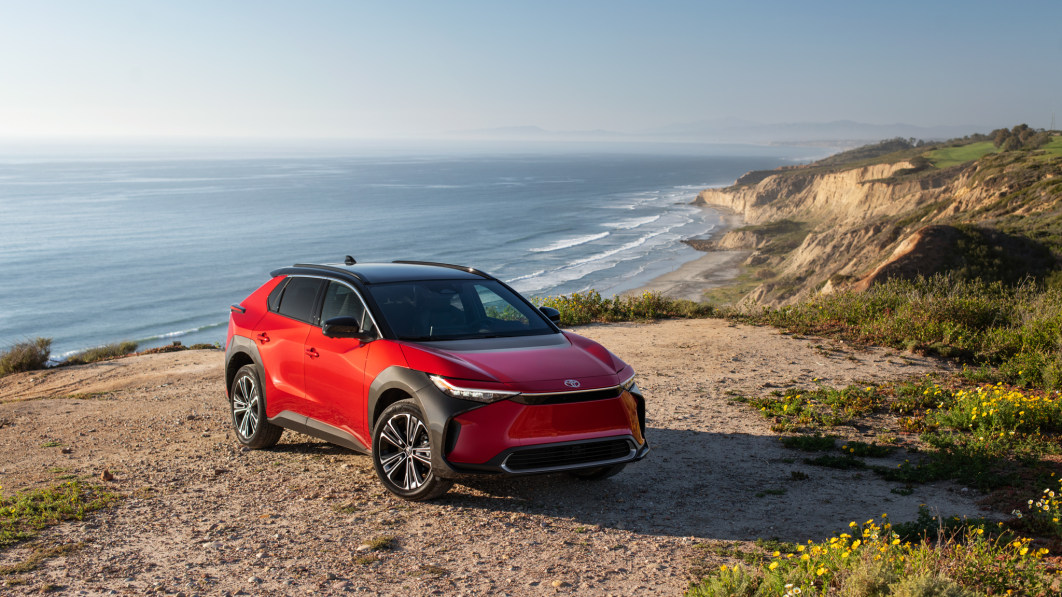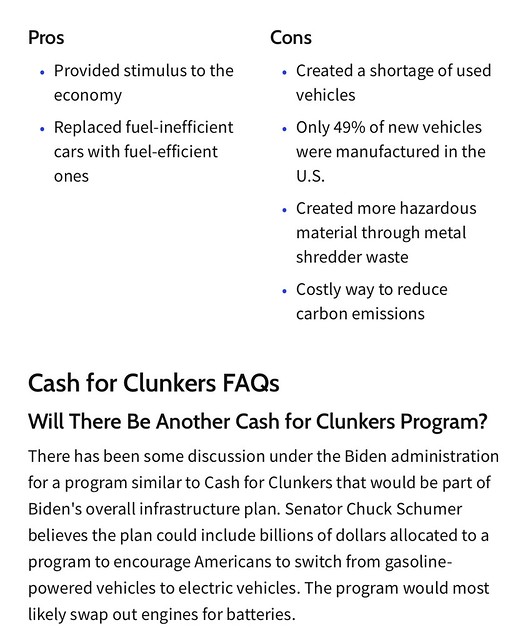ItsNotAboutTheMoney
Well-Known Member
Not kvetching at all.dude, you have been on TMC since July, 2012 and are kvetching about a dearth of V3 superchargers?
___WAY___ back on February, 16th, 2013, 8 Tesla's, S60's and S85's when there were few and far between superchargers, recreated the John Broder trip from Washington DC to New York City, leaving from the old Rockville, Maryland Tesla Service center off Gude Drive.
But the network was, and still is, growing
This was when an S60 had too small a battery to make the jump from the Delaware, Interstate 95 rest stop located superchargers to the next ones in New York City, so only 4 of the 8 were capable of making the whole trip.
As I recall, this was just before you could do a trip across the US. 11 short years ago Feb 16, 2013. LOTS more superchargers nowadays.
(my 2005 hybrid blue Prius is hiding in the background)
<photo>
The young couple on the right side went along for fun.
I only mentioned V3 because V2s aren't NACS which, in particular, rules out the Medway and Baileyville Superchargers for anybody except Tesla owners. Jackman already has a pair of CCS, Medway and Baileyville should get pairs of CCS this year.







